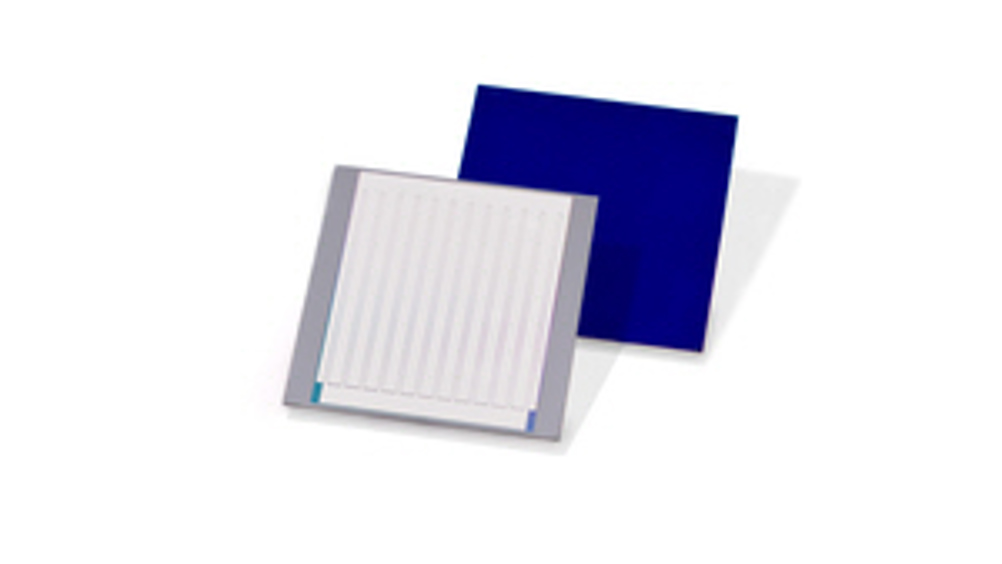IBC silicon solar cells achieve 23% efficiency
1 min read
imec has demonstrated a conversion efficiency of 23.3% on interdigitated back contact (IBC) silicon solar cells.

The system has been developed along with silicon photovoltaic industrial affiliation program partners, Scott Solar, Total, Photovoltech, GDF-SUEZ, Solland Solar, Kaneka and Dow Corning.
IBCs have been introduced in a bid to increase conversion efficiency of crystalline silicon solar cells and enable further reduction of cell thickness, simplification of module fabrication and improve the aesthetics of the final modules. imec says it has developed a high efficiency baseline process for small area IBC cells that aims to increase efficiency well above 20%, while decreasing the current cost of silicon solar cells.
The 2x2cm2 IBS Si solar cells incorporate n type base float zone (FZ) silicon substrates, a random pyramid texture and a boron diffused emitter. Other aspects include phosphorous diffused front and back surface fields, a thermally grown silicon dioxide for surface passivation, a SiN single layer anti-reflective coating and lithography based patterning.
Jef Poortmans, director of imec's photovoltaic R&D program, said: "We are delighted to demonstrate these excellent efficiency results on IBC silicon solar cells. They prove the relevance of the IBC technology to our industrial partners. Such high efficiencies on small area IBC silicon solar cells are a perfect base for further developing a large area and industrially feasible IBC cell technology at imec."
Dr Martin Heming, ceo of Schott Solar, added: "As silicon photovoltaic industrial affiliation program partners of imec we are very happy with this new result. The test result confirms our confidence in imec's excellent PV R&D capabilities and vision, and it allows us to acquire important know how and IP as basis for our next generation solar cell products."












